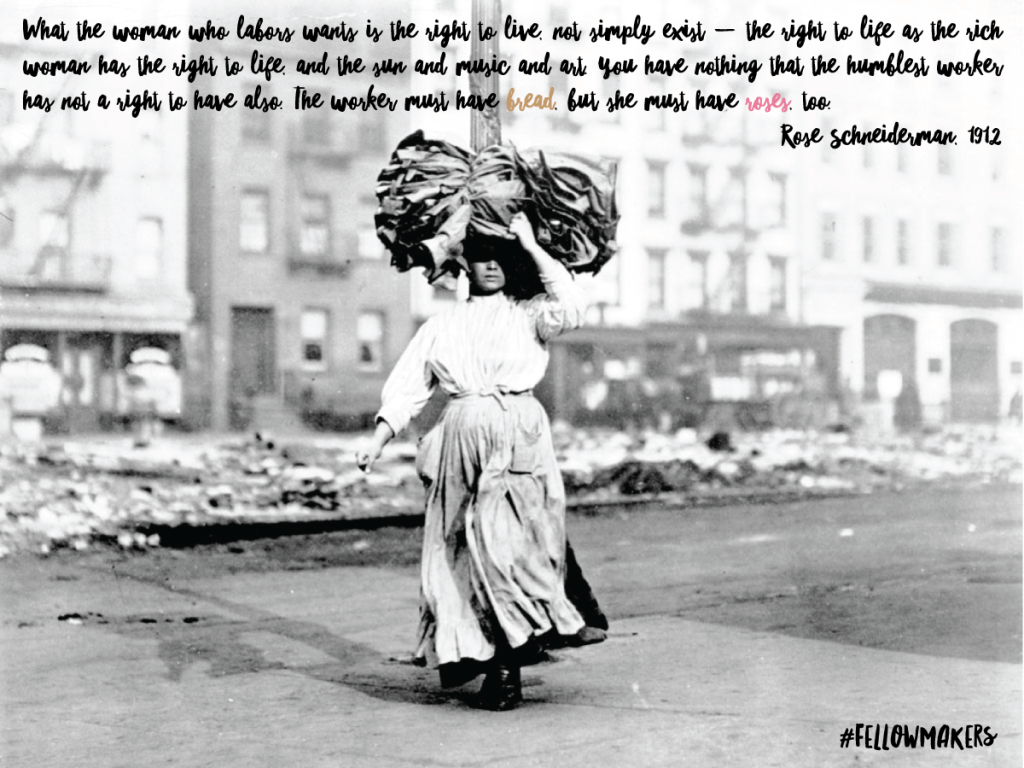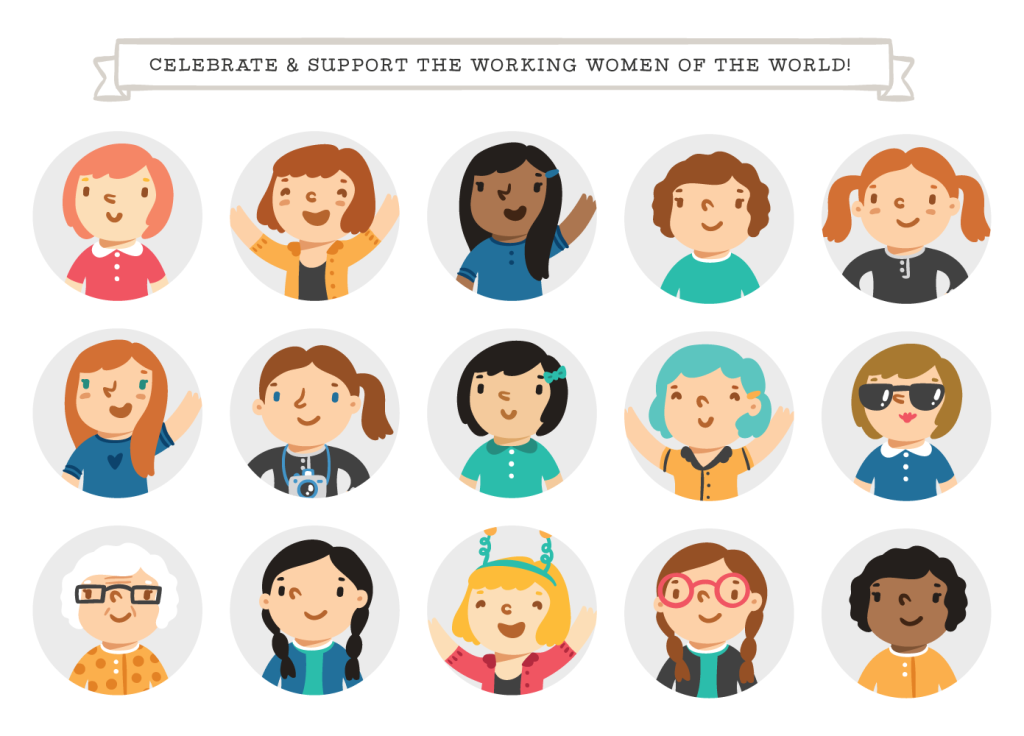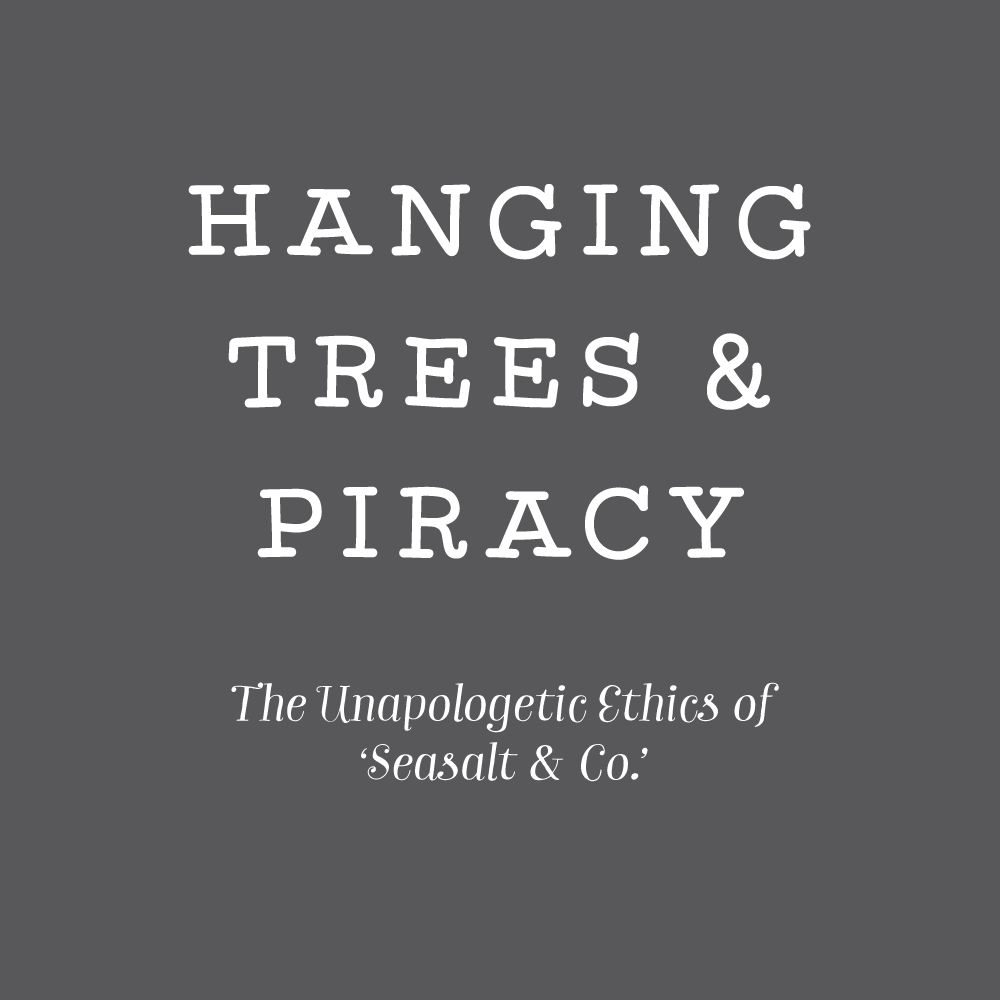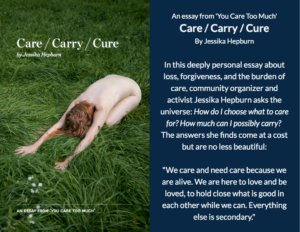Fellow makers, many of us have forgotten International Women’s Day began as International Working Women’s Day. The agenda? Changing conditions for the working women of the world and uniting the working class. On March 8, 1857, garment workers in New York City marched and picketed, demanding improved working conditions, a ten hour day, and equal rights for women. On March 8, … [Read more...] about #FellowMakers History & the Triangle Factory Fire
Entrepreneurship
Ethical Guidelines for Blogging
Blogging seems simple enough! But did you know that you could get in legal trouble for blogging, or at least risk angering someone you admire? Consider some basic blogging ethics and understand the legal issues with blogging. Not only do you want to keep things legal, but you want your readers to trust and respect you. Here are some things to think about. Copyright and … [Read more...] about Ethical Guidelines for Blogging
Make It Happen: 9 Stories from Working Women of the World
It isn't common knowledge that International Women’s Day began as International Working Women’s Day as a response to the working conditions in garment factories where so many laboured. Intended as a day of solidarity for women of all classes to acknowledge the struggles of working women and join their call for improved conditions, wages, and equal rights the theme for … [Read more...] about Make It Happen: 9 Stories from Working Women of the World
Be ethical inquirers this March with #OMHG
Every March OMHG explores ethics - from keeping our handmade community safe, reporting on the ethics of Pinterest, how to ethically pitch bloggers, the future of handmade, protecting your IP, fighting infringement, registering trademarks, and so much more in the archive. Since it is now Ethics Awareness Month and National Craft Month, for our 5th year we're becoming ethical … [Read more...] about Be ethical inquirers this March with #OMHG
Hanging Trees & Piracy: The Unapologetic Ethics of Seasalt & Co.
Note: All of the information shared in this post was posted publicly online and is speculative in nature, it is neither libel nor slander to republish publicly posted information, many items have since been deleted online and so screenshots to all referenced quotes are linked for further research. All the photos and screenshots have been archived in Dropbox and can be viewed … [Read more...] about Hanging Trees & Piracy: The Unapologetic Ethics of Seasalt & Co.






